Expert Tips for Giving Your Home a Professional Style Makeover
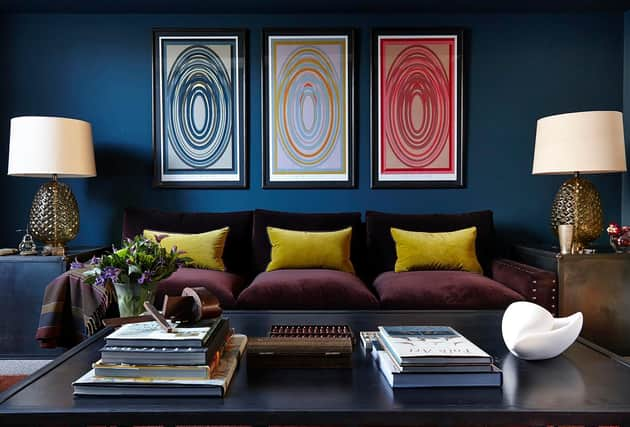

Steal the style techniques of professional interior designers and apply them to your own home. By using simple tricks, you can get a bespoke finish without blowing the budget.
Photo by NBB Design
Find a source of inspiration
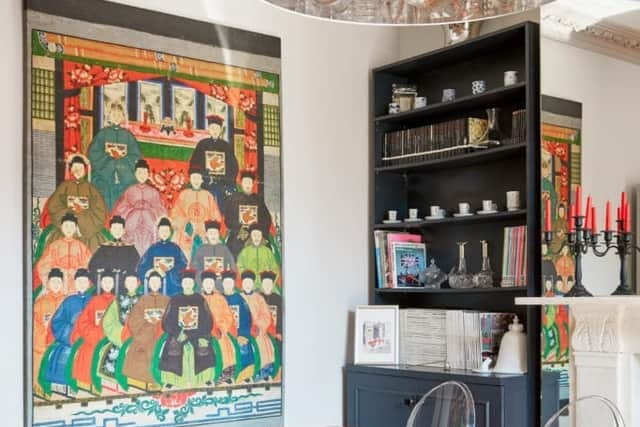

Many people become overwhelmed when they’re designing their homes, because they just don’t know where to begin.
A designer will often start with a source of inspiration to get the juices flowing, and a scheme will begin to grow for the rest of the project or room from there. Choose a painting, a piece of fabric or even an item of clothing and use it as the anchor for your new scheme.
Photo by Nick Smith www.nsphotography.co.uk
Get the balance right
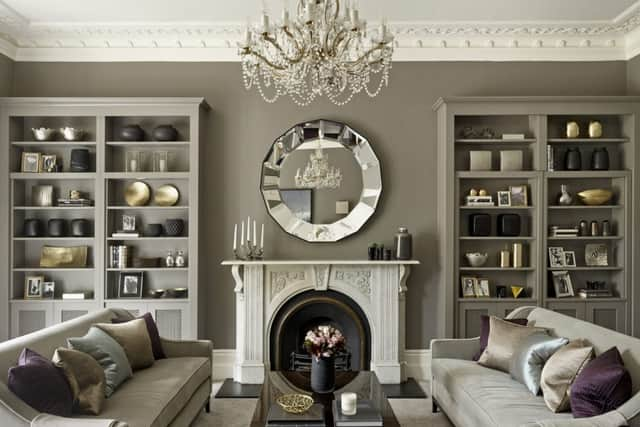

If a room’s architecture is beautifully proportioned, it pays to complement it with a balanced interior scheme. A sense of order can be very relaxing, but it also gives you a formal feel if you want to give a room a bit more importance.
Displaying objects and books on shelves is harder than it seems and can take many attempts. It’s good to keep stepping back and looking at the whole wall. You could even leave the room for a while and return with fresh eyes to make sure you have the balance right. There might just be one object that jumps out at you for all the wrong reasons, so don’t be afraid to take it away and put it somewhere else.
Photo by Charlotte Crosland Interiors
Brave bold colour
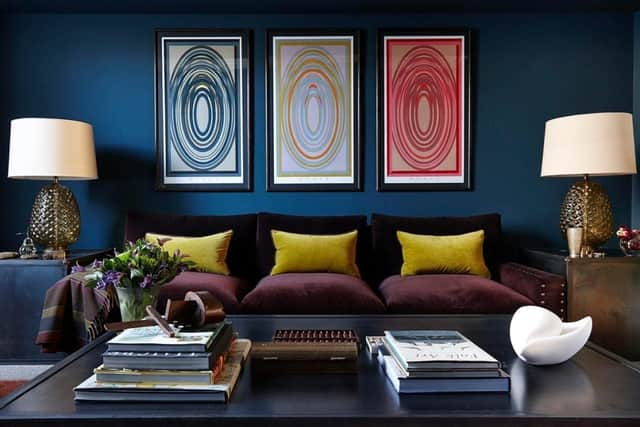

There’s a temptation, particularly in dark rooms with little natural light, to keep the scheme pale and airy. However, these spaces often work better with a much bolder colour scheme. While big rooms can get away with a dark palette, it’s actually some of the smaller rooms that cope with it best.
If you’re going to paint a piece of furniture darker, it’s always better to give it a coat of dark primer first to save on the number of top coats. However, you will probably still need at least three coats if you’re going for a really deep tone. This will also avoid a lighter tone showing through if the paint gets scratched.
Dark hues can be overpowering, so combine them with bright colours. Spicy tones, such as mustard and cinnamon, work really well. Objects and oddities look great displayed around dark rooms, but remember to shine light onto them where possible so they don’t disappear.Discover more ideas for hallway designs
Photo by In:Style Direct - Hi-quality Furnishing Solutions
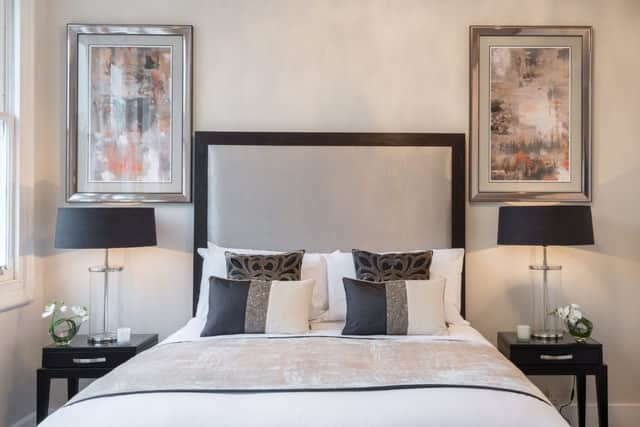

Create a boutique hotel effect
Take your cue from stylish hotels and add simple design elements and minimal fuss and clutter. The bed tends to be the star of the show, so use the biggest you can fit in the space without sacrificing on the bedside tables. Try to keep the room to scale, so if you use an oversized headboard, opt for good-sized lamps to keep the elevation in proportion.
Pale colours in varying tones will create a calm and peaceful space, but add small accents of colour with art and accessories.
You can’t go wrong with white crisp bed linen and a collection of scatter cushions to finish the look.
Photo by LMC Interiors
Set the scene
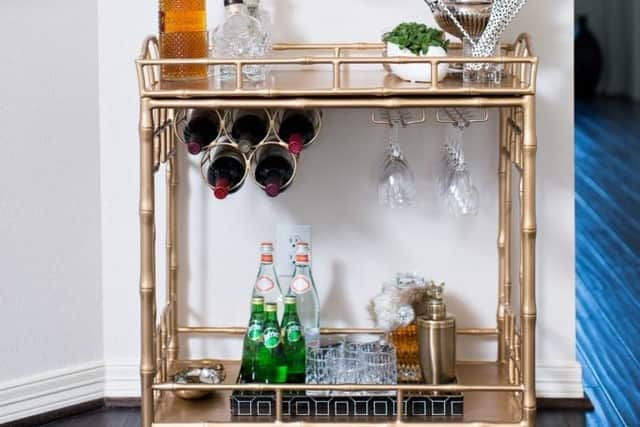

Interior designers will often create little cameos around a home. These focal points are there to give you real pleasure as you come into the room.
Smaller spaces lend themselves to these moments better than larger areas. Choose a quirky sculpture or an accent chair or painting, then start to build a story around the focal object with accessories or lighting. Creating characterful moments around your home will emphasise your personality.
Photo by Deakinlock Garden Design
Don’t forget the outside
Professionals would always look at the outdoor space to give not only a sense of flow to the interior, but to sympathise with the surroundings of a project. When you’re looking out, it’s always good to have a focal point to create a vista, to lead your eye away and give you a sense of space. A sculpture or a tree can guide your viewpoint to the exterior.
It’s always a good idea to include some lighting outside, especially for the long winter nights. If you’re building a new home or renovating an existing property, place as much importance on the exterior landscape as on the interior space. The two need to relate to one another in order to maximise your view from all the rooms of your home.
Photo by Perfect Integration Ltd
Create flow with lighting
Spatial planning is important when styling any room. The space has to flow and link, especially in open-plan living. A good trick is to clearly zone the room with lighting. Use different designs to highlight different areas, exaggerate the architectural details and give the room a strong sense of style. Here, a modern chandelier marks the dining area while chunky black pendants illuminate the island and lead the eye through the space.
Be careful not to clutter up the space, as minimal styling can sometimes have maximum impact.
Photo by Folio Design London
Add a feature light
Make space in your home to include a beautiful pendant light. It can take a long time to source the right piece and will depend on the space and scale of the room. Even if you love a particular light, makes sure it fits the space before you buy it.
By appreciating the ceiling height and other limitations, you will eventually find the right piece that will give your room that professionally designed touch.
Photo by Miele GB
Be adventurous
It can be tempting to rush through decisions when planning your interiors. When we’re under pressure, we sometimes avoid bold choices and go for the safer options, and then on reflection wonder why we didn’t go for something more adventurous. By taking time to consider the options, you might end up with a more professional feel to the space.
In this sleek kitchen, layers of unusual textures and materials have been well thought out and provide a more interesting look.
Photo by Kristy Noble Photography
Bring in artwork
Artwork in a room is a vital accessory. As well as highlighting your particular taste and adding colour, a piece of art will create another dimension; it will add a picture within a picture.
Styling a room around artwork can either be done symmetrically or, as here, asymmetrically. The floor lamp to the left is the focal point, but it’s positioned in a way that’s linked to the paintings.